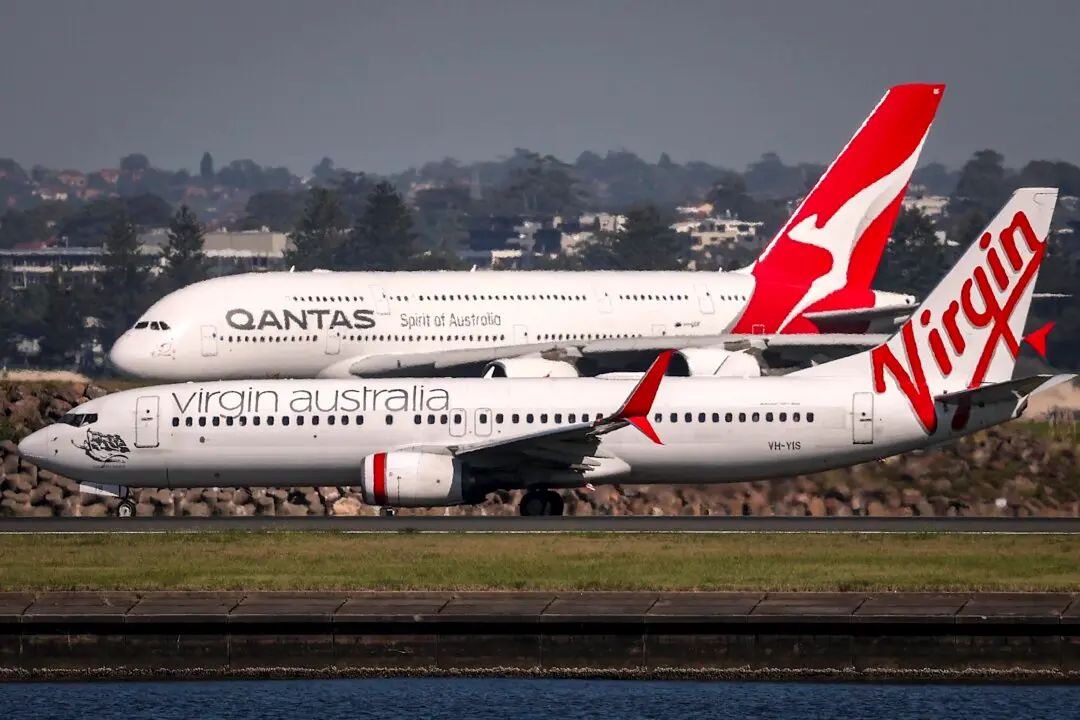Australia’s population growth projection for the next decade has fallen by over one million people compared to previous forecasts due to the impacts of the COVID-19 pandemic.
In the latest annual population report, released on Jan. 6, the Australian government predicted that the total population will rise from the current 26 million to 29.9 million in 2032-2033.
The new figure is around four percent lower than what was predicted in the 2019-2020 Mid-Year Economic and Fiscal Outlook and is mainly caused by a drop in migration as a result of COVID-19 restrictions and a decline in the fertility rate.
Politicians’ Response
Treasurer Jim Chalmers was concerned about the drop in the population forecast, especially when the proportion of working Australians is set to dip further in the coming years.“As the economy recovers from the worst of the pandemic, crippling skills and labour shortages are holding our businesses and our economy back,” he said in comments obtained by AAP.
Earlier, the treasurer said the federal government was implementing multiple measures to deal with labour shortage issues, including raising work hours for parents with babies, improving skill training for Australians, and the migration program.
“Together with the investments we’re making to fix the critical skills shortages, breaking down barriers to workforce participation is a key part of our strategy to boost the size and quality of our workforce and advance equality of opportunity—including for women.”

Meanwhile, Independent Senator David Pocock was worried that an ageing Australian population would result in inequities as well as burdens for young generations.
Under the legislated tax changes scheduled to begin in 2024, the government will lower the current 32.5 percent tax bracket to 30 percent, while scrapping the 37 percent bracket.
In addition, the threshold for the 45 percent bracket will be lifted from $180,001 (US$123,000) to $200,001.
“Intergenerational wealth disparity is growing,” Pocock said in comments obtained by AAP.
Small Birth Rate Recovery Post Pandemic
Australia’s birth rate is projected to continue to decline in the next decade, but the latest population report reveals a slight increase in the rate following the pandemic.
While latest data shows that the figure has climbed to 1.66 children per woman, demographic experts do not expect it to go up further in the coming years.
The University of Melbourne’s Prof. Peter McDonald said Australia’s birth rate had reached its peak and that the country had become dependent on migrants to keep the population growing.
Meanwhile, Chalmers welcomed the news of a post-COVID-19 fertility rate recovery as he mentioned the need to balance natural population growth and a reasonable migration program.
“For some time, it’s been clear to us that when you’ve got an ageing population, the absolute best thing you can get is a higher fertility rate,” he told reporters in Brisbane on Jan. 2.





